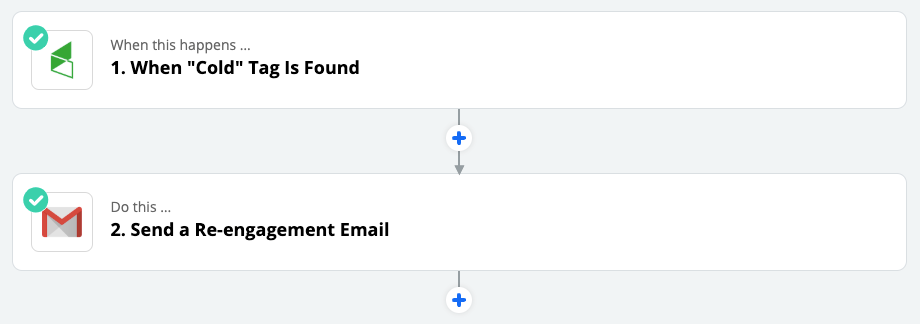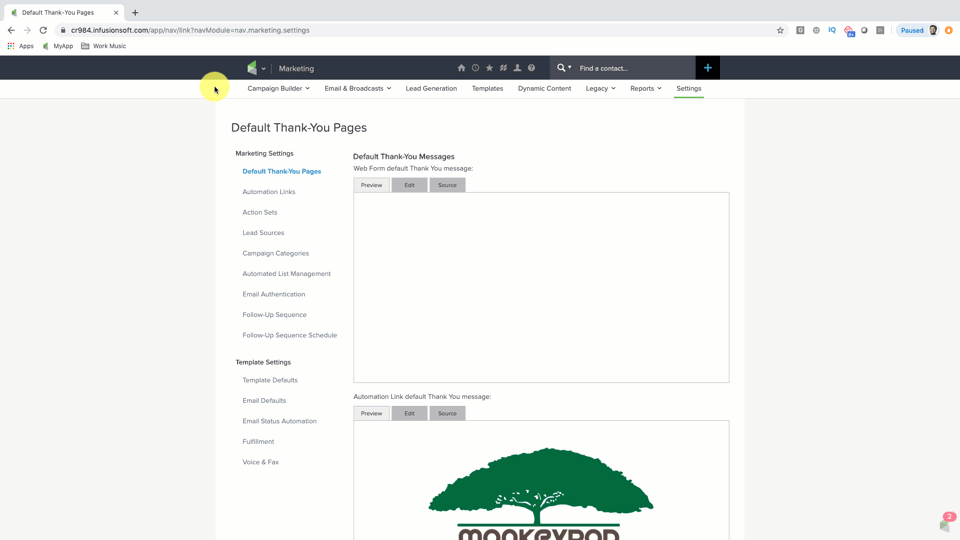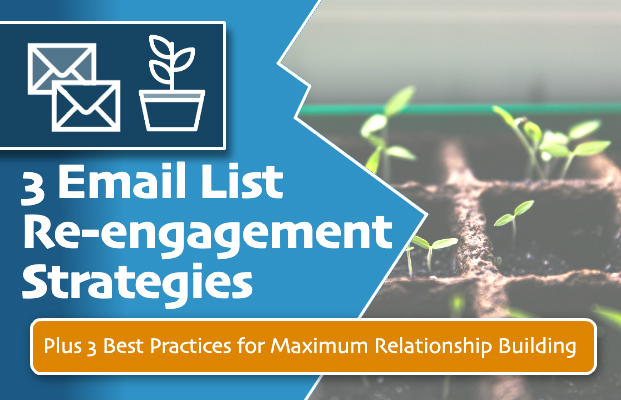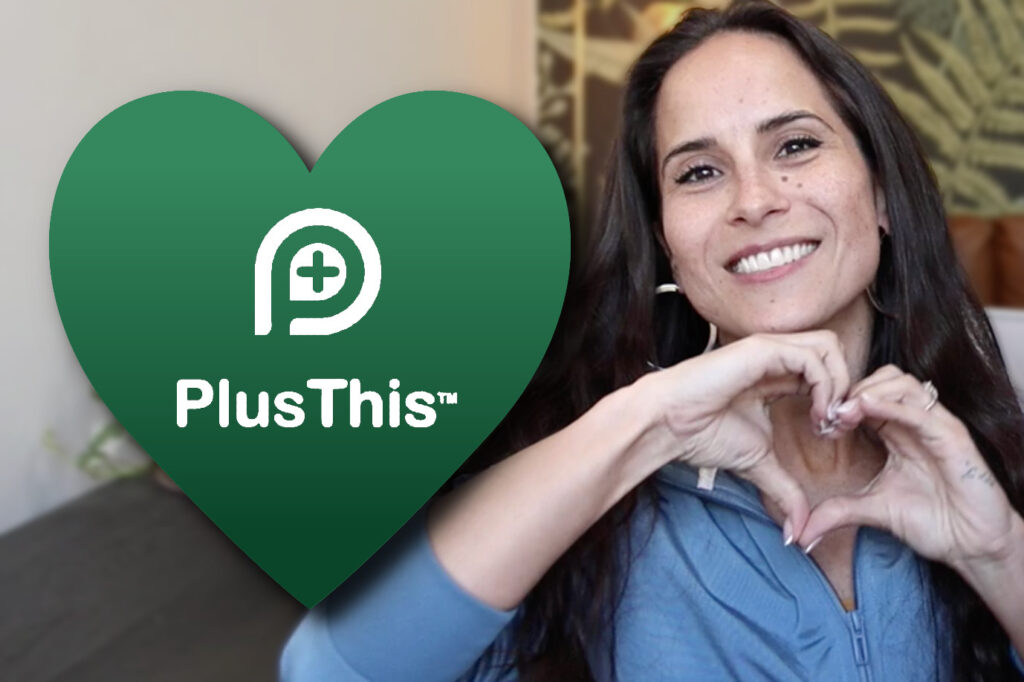“The money is in the list!”
Something all too many email marketers have said. Now, they aren’t wrong. However, most people fail to see that the list itself isnt the money maker: it’s the relationship with the list.
What would you rather have? A million emails who don’t know you from Batman.
Or, 10k emails of rabid fans who cannot wait to voraciously devour anything you offer?
That second one, right? Especially since you know anything you release will be purchased. A lot.
So what do you if there is a list or two in your database where you’ve fallen out of touch?
It’s a common occurrence in businesses of all sizes. For a period of time you actively collect a list. Then the list is forgotten about. Heck, to me, this sounds like a common occurrence for personal relationships too.
There is no one-size-fits-all answer, as an email can become unengaged for any number of reasons. What follows are three common situations where you might need to re-engage a list.
How to Use Cold Email Addresses:
If these are un-opted, truly cold emails, technically you have no real right to email them in bulk.
There are two things you can do with a list like this. First, you can send manual emails asking people to opt-in somewhere. There are tools that can help automate these one off emails, especially if you use a Google-based email.

You may hit an upper daily limit of outbound emails for your account though.
So if you have a larger list, upload it as a custom audience and run ads to get that clean opt-in. Any other tactic puts you at a high risk for spam complaints.
(Here’s a post where Greg talks about ways you can automatically sync these contacts with a evergreen “needs re-engagement” Facebook audience.)
How to Contact Unengaged Email Addresses
There are lots of ways to define what “unengaged” means. And not just what your CRM says.
Based on YOUR business, segment out the different kinds of unengaged you might have. The unengaged for a list of restaurant patrons is going to be different than for a mortgage company.
Grab your biggest/most profitable unengaged segments first.
Then, give ’em some goodwill before asking for something. Provide actual value, help them out in some way, that way you’ll have re-earned the right to ask for something.
Here’s a re-engagement framework that might give you a running start.
How to Warm a List You Have Neglected
First off, be authentic about it. Tell the story of what happened.
For me, I hit a mental health speed bump mid-2018 and my own newsletter was impacted for about a year and a half. No sense in trying to hide what happened or make it sounds good.
Humans love humility.
From a technical standpoint, make sure the first link in the email is an unsubscribe link AND remember it isn’t personal when you get people leaving; you neglected this list and it’s reasonable that over time their needs have changed.
More importantly, provide real value, reset expectations, and start the list’s thing; whatever you might have been building it for. Or guide them to something else.
The point is, you really don’t want to neglect this list again.
Nurture Resources
Editor’s note: It probably seems obvious at this point, but the easiest way to deal with a cold or unengaged list is to maintain that relationship in the first place. I have a handful of resources specifically designed to help you craft an automated process that nurtures your audience and builds rapport while staying in touch with them.
Bonus List!
3 Best Practices for Preventing Contacts From Spoiling
First, setup automated list hygiene if your CRM supports it.
Invest in the time to build a reusable re-engagement campaign that should automatically prune your list for you. At least once a year.
Make use of the unengaged trigger(s).
This is part of your automated list hygiene journey. Whatever you do, make sure you do some kind of habitual list pruning every once in a while.
Lastly, remember another hygiene trigger are hard bounces; bad email addresses. If you use Infusionsoft, you can automatically tag contacts when a hard bounce is recorded.

And if you can tag them, then you can trigger automation.
I recommend designing an email recovery sequence if you have a phone or address (or social info) on file, or if it’s a low volume of bounced addresses, try tasking a member of your team to review them for obvious typos.

Second, go cross channel baby! If someone sees me on Facebook, they are more likely to open emails.
If they get emails, they are more likely to read my FB posts when they show up. Assuming the content is valuable and relevant.
When someone joins your list, remember to invite them to your social platforms directly. You can do this all at once in an email, or slowly drip out one social channel at a time. A short term nurture.
This will also train them to open and click on your emails. This is good for deliverability too. Email service providers love opens and clicks!
Third, always be doing something. You are up to big stuff already. Go do more big stuff. Then email people about it.
Imagine each email address is a trusted and close pen pal friend (that sometimes gives you money). Write from that lens like you are only sending to one person only even if a million people might receive it.
The inbox relationship will benefit.
So there you have it; some tactics for email re-engagement and other tips for keeping your list nice and clean.
Like a garden full of healthy growing vegetables 🙂
Re-engaging Inactive Subscribers
Inactive subscribers. Every business has them, many choose to ignore them.
But it’s no good brushing this issue under the carpet. The longer subscribers stay idle and unengaged, the bigger the problem will become.
Here's what Kenda and the Automation Ninja's suggest you do about it.







Great strategies as always. Thanks Paul!
I’m running into this now with a client, trying to decide the best approach with a fairly large list that has gone cold, so this article is a really good reference.
Also, I appreciate the shout-out to my article.
Thanks for reading Brett – appreciate all you do.